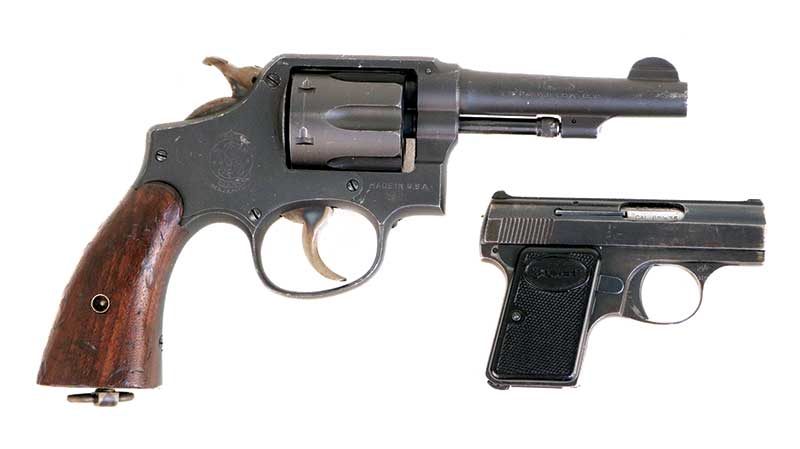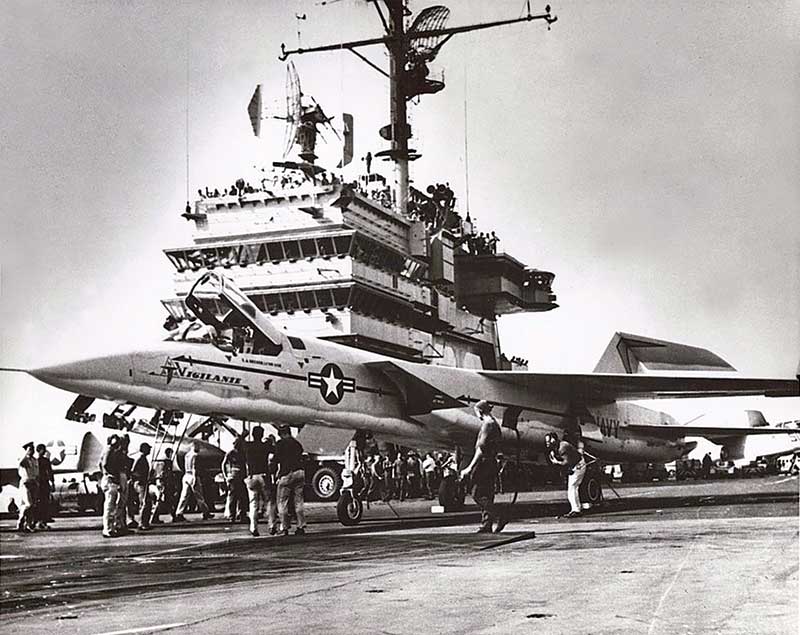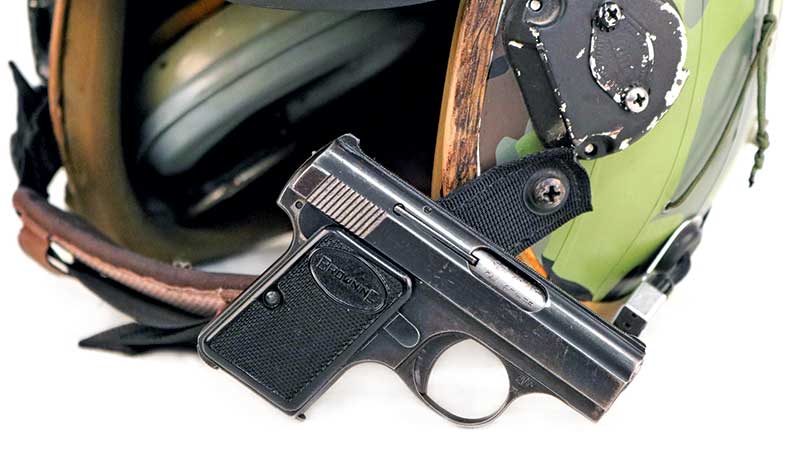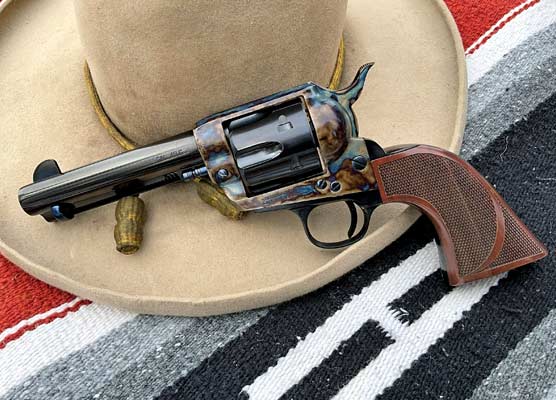The .25 ACP Pistol
Saves a Vietnam Pilot
Any Handgun is Better Than None
John Moses Browning was the most gifted gun designer in human history. He went to his grave in 1926 at age 71 with some 128 patents to his name. Browning designed the M1911 pistol, the Auto-5 shotgun, half a dozen lever-action Winchester rifles, seven familiar cartridges, and every rifle-caliber automatic weapon commonly used by American forces during WWII.
Among those groundbreaking contrivances, we find a most curious little cartridge. Browning’s .25 ACP (Automatic Colt Pistol) round was a semi-rimmed, straight-walled centerfire pistol cartridge introduced in 1905. The .25 ACP typically pushed an adorable quarter-inch, 50-grain full metal jacket bullet to a paltry 760 feet per second.
The .25 ACP seems like a bad joke. I have seen a handful of folks shot with these little mouse pistols, and most fared pretty well. One drunk guy honestly hadn’t realized he was shot until he got an X-ray. The .25 ACP was clearly designed for portability rather than downrange thump. One might be forgiven for believing such a Lilliputian handgun cartridge is tactically worthless. However, a naval officer named Lt(jg) Frank Pendergast likely disagrees. He is the only American aviator to have been shot down over North Vietnam and captured, who subsequently escaped. That was thanks to his tiny little .25 ACP pocket pistol.
Background
Lt. Pendergast was the reconnaissance/attack navigator (RAN) onboard an RA-5C Vigilante jet operating off of the USS Kitty Hawk on March 9, 1967. The Vigilante was enormous for a carrier-based aircraft. Originally designed as a nuclear-capable bomber, the Vigilante was a whopping 76 feet long and weighed 63,085 lbs. fully loaded. While the Vigilante was somewhat underwhelming as a bomber, it rendered superlative service as a reconnaissance platform. Equipped with high-tech classified cameras, the Vigilante excelled at gathering intelligence to plan bombing raids and making post-strike bomb damage assessments.
The typical flight profile put the aircraft flying between 3,000 and 5,000 feet, some two to three miles offset from the target. On this day, however, the weather was bad. Pendergast and his pilot, Cdr. Charles Putnam, made their run near Long Chau at 350 feet and less than a quarter mile from the beach. This put the big recon plane well within small arms range.
NVA troops on the ground sprayed the massive jet with small arms fire, setting the plane on fire and rendering it uncontrollable. Cdr. Putnam initiated the ejection sequence and was never heard from again. Lt(jg) Pendergast came down safely in waist-deep water amidst both the surf and some seriously tooled-up NVA soldiers.
Things Get Real
Pendergast carried a standard-issue .38-caliber revolver loaded with half a dozen tracer rounds. These he salvoed off into the air to alert nearby friendly aircraft to his location. Then the NVA were upon him, liberating his now-empty revolver and frog-marching him at gunpoint back up the beach.
In response to the tracer fire, escorting F-4 Phantoms raked the beach with their onboard weapons, even going so far as to fire their Sparrow air-to-air missiles toward ground targets of opportunity. Two nearby USAF A-1 Skyraiders then showed up and began chewing the countryside to pieces with 20mm cannon fire. Each time the Skyraiders made a pass, the NVA troops ducked into the surf to avoid the two big flying gun trucks. Pendergast soon found himself alone with two captors, each of whom carried an AK-47 assault rifle.
Though Lt(jg) Pendergast was now bereft of his revolver, he was not technically unarmed. He still carried a microscopic .25 ACP pistol in the pocket of his flight suit. The next time the two NVA soldiers ducked under the water, he fished the tiny little gun out and had it ready. The first Vietnamese soldier then pointed his own .38 revolver at him and squeezed the trigger only to realize that the gun was empty. In response, Pendergast shot the man between the eyes at contact range with his .25.
The Navy officer then smacked the second soldier over the head and threw his AK away in the surf before racing up onto a nearby sandbar. A Navy SH-3 rescue helicopter then appeared overhead and did a quick pedal turn to allow its door gunners to sterilize the area around the downed aviator. Half an hour later, Pendergast was back safely aboard the Kitty Hawk, alive solely because of his tiny little .25 ACP pocket gun.
A reader who flew with these guys put me onto this fascinating story. You know who you are, and I am sincerely grateful. He said that after they got back to their home station, there were no .25-caliber pocket pistols to be had at gun shops for a 100-mile radius around their base. Apparently, old John Moses Browning knew what he was doing after all.
Get more Guncrank free every Friday. Subscribe here: AmericanHandgunner.com/guncrank/








